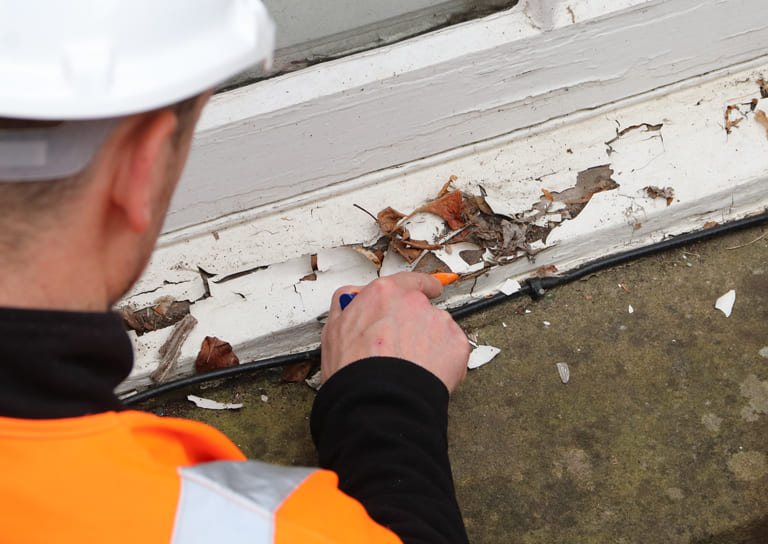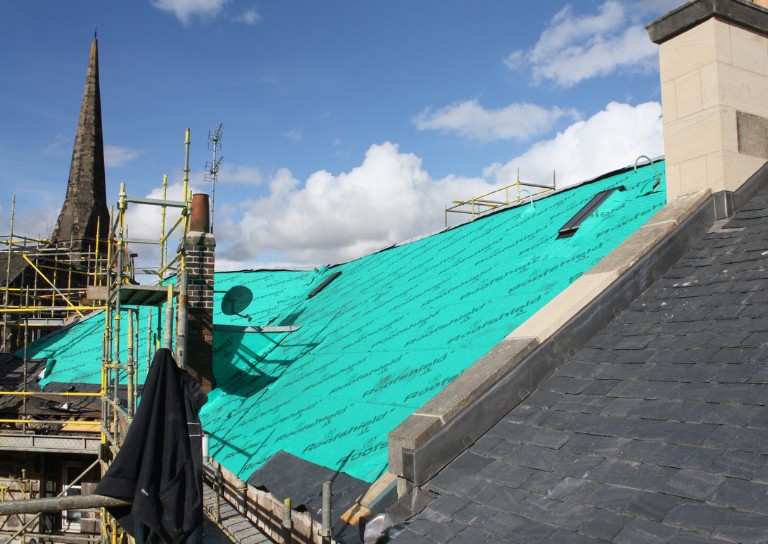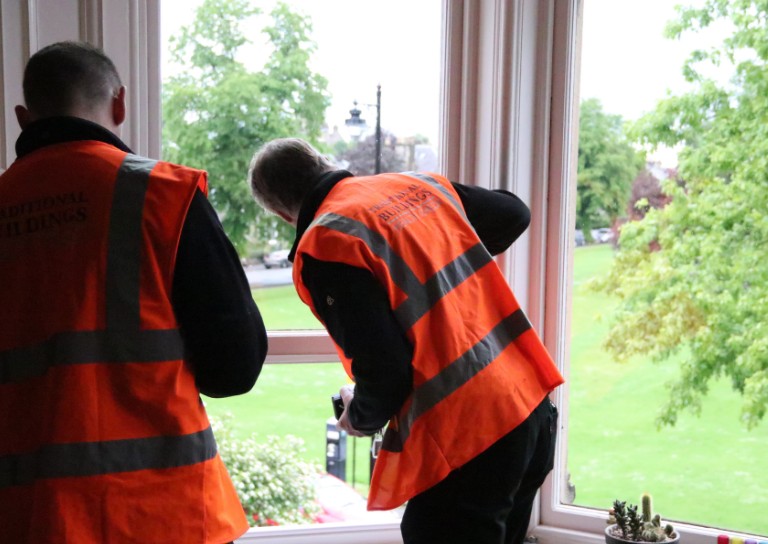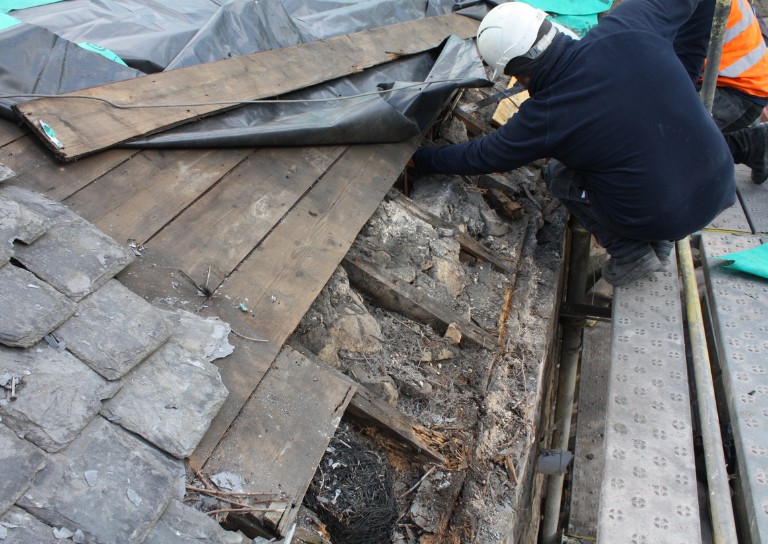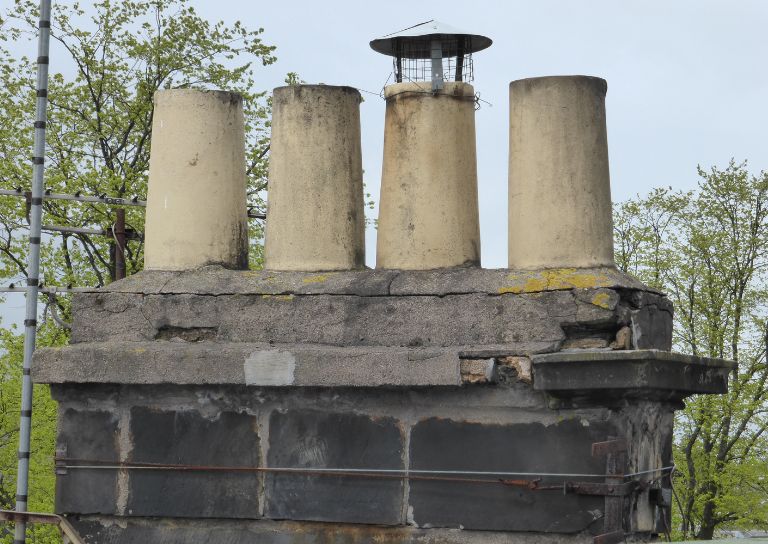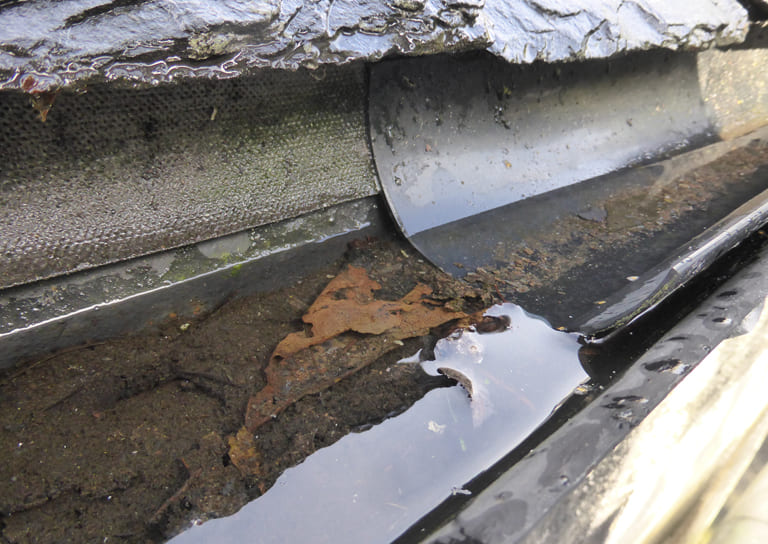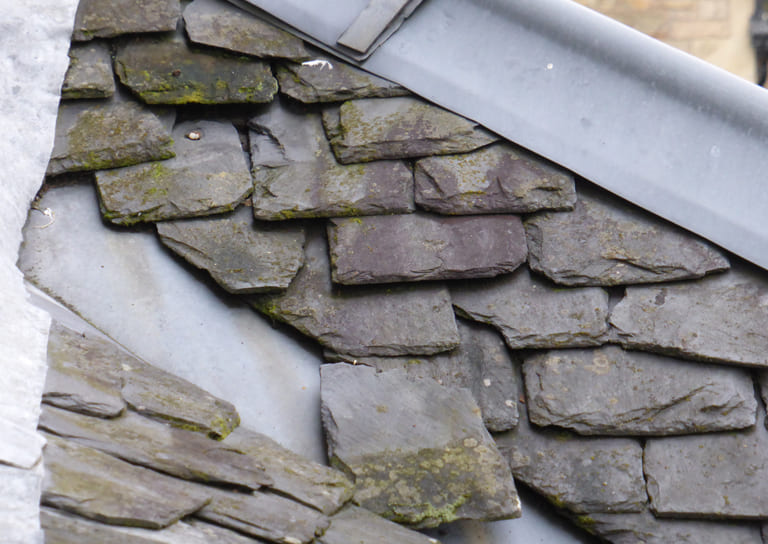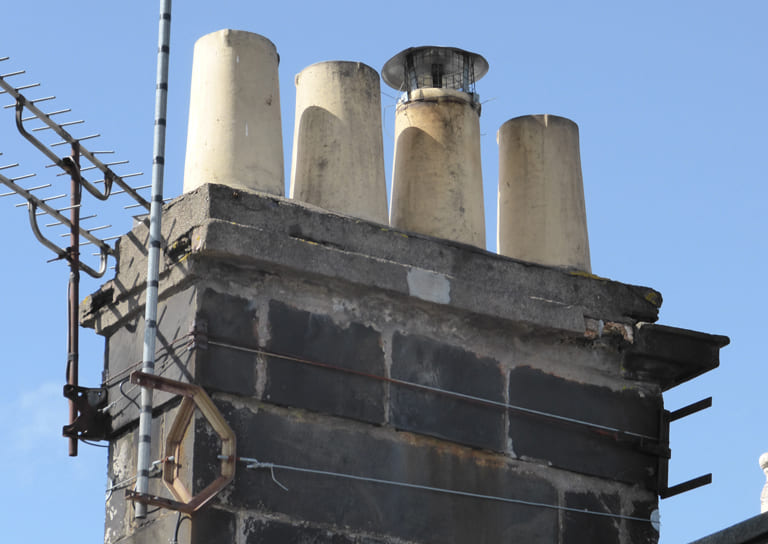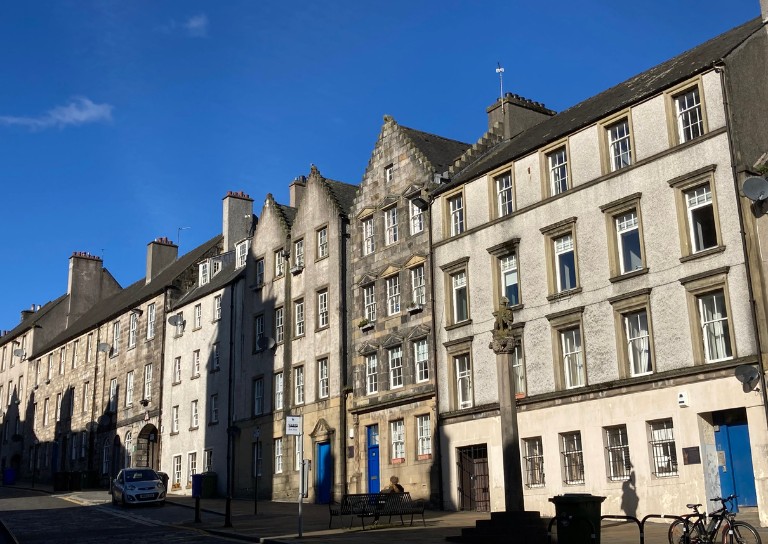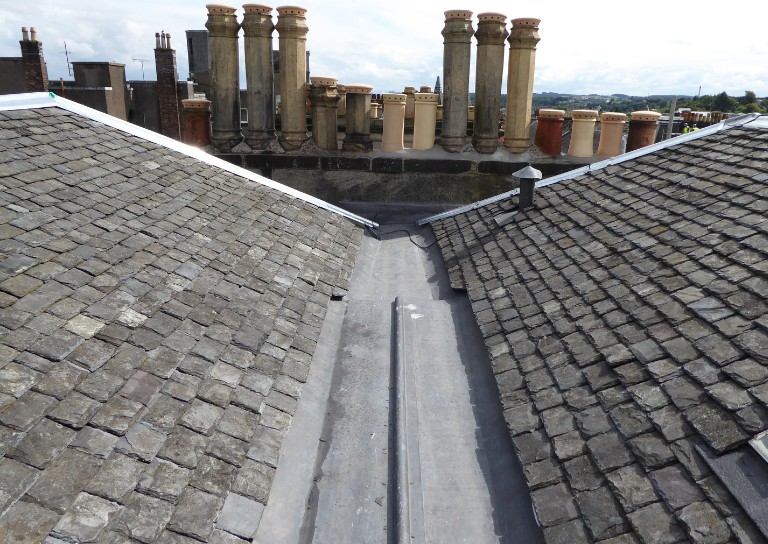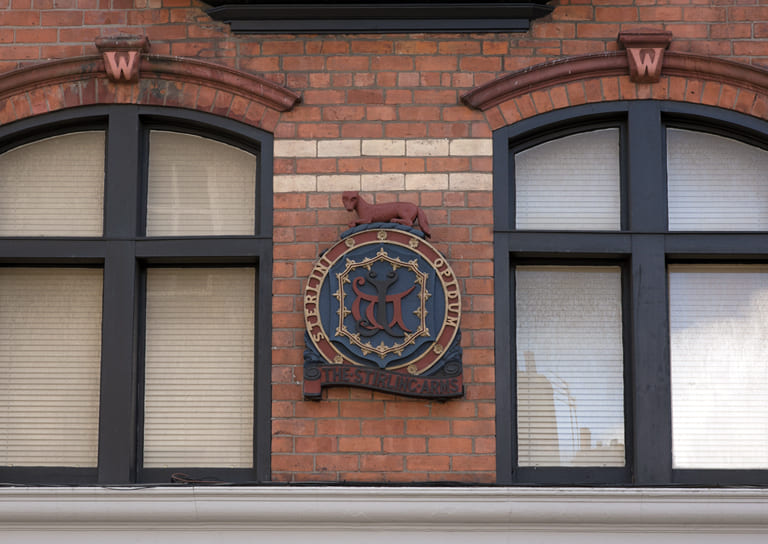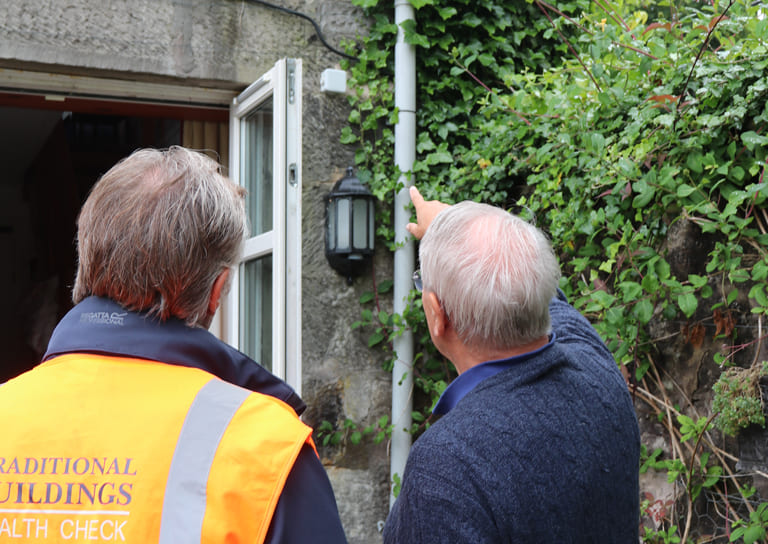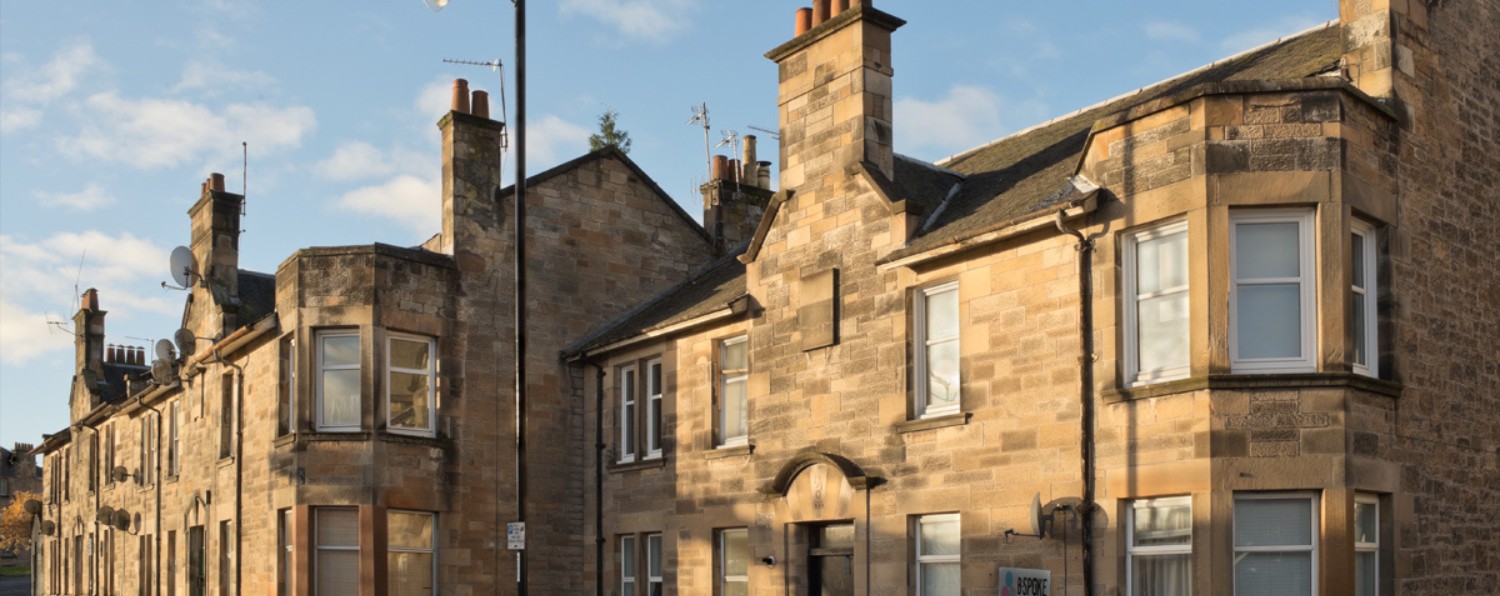Looking after a traditional building
Do you live in a traditional property? Learning more about traditional building methods, materials and construction can help you appreciate why your older property needs special care.
What is a traditional building?
A building constructed before 1919 will generally be classified as a traditional building. This is because the First World War brought advances in technology, and consequently new solutions to construction design, methods and materials. While some of these may be listed buildings or sited in a Conservation Area, in Stirling a large number of traditional buildings are not.
Traditional building materials
While the date is a useful indicator, some later buildings continued to be constructed in traditional ways. This means they were typically built using local indigenous materials. In Stirling, this generally means the building is constructed using solid masonry walls of local whin or sandstone and lime mortars. Traditional buildings may have sash and case timber windows, and natural slate roof finishes with cast iron and lead details.
Construction and design of older buildings
The form of traditional buildings would follow established local and /or national precedents. Older, historic buildings were designed with natural ventilation (open flues, windows) and to ‘breathe’ as opposed to modern ‘sealed and impermeable’ buildings.
Why older buildings need special care
These are all important factors when considering any repairs, maintenance or improvements to older buildings. Maintaining and repairing older buildings requires the input of contractors and professionals skilled in traditional building methods and materials.
Older buildings often demand careful thought and attention. This expert knowledge is invaluable in ensuring that any repairs or improvements undertaken, such as energy efficiency works, will be in harmony with the existing building fabric.


